
 ALSO IN THE SERIES
ALSO IN THE SERIES  Never Eat Shredded Wheat
Never Eat Shredded Wheat
by James M. Russell All That Glisters
by Caroline Taggart 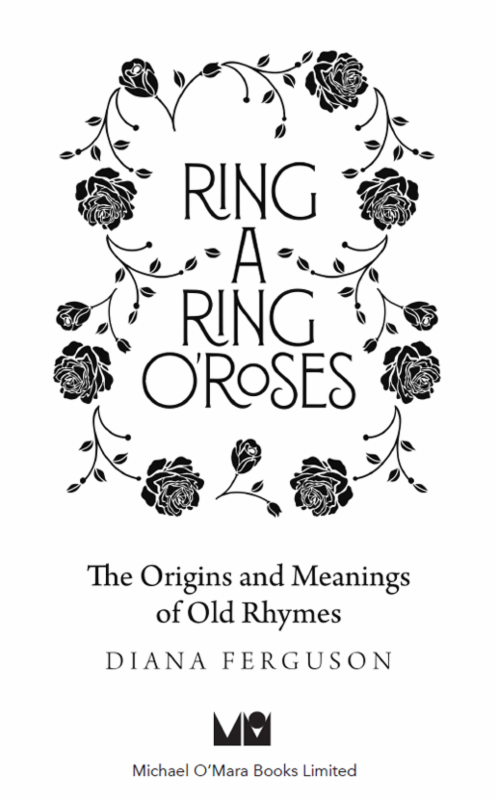 First published in Great Britain in 2018 by
First published in Great Britain in 2018 by
Michael OMara Books Limited
9 Lion Yard
Tremadoc Road
London SW4 7NQ Copyright Michael OMara Books Limited 2018 All rights reserved. You may not copy, store, distribute, transmit, reproduce or otherwise make available this publication (or any part of it) in any form, or by any means (electronic, digital, optical, mechanical, photocopying, recording or otherwise), without the prior written permission of the publisher. Any person who does any unauthorized act in relation to this publication may be liable to criminal prosecution and civil claims for damages. A CIP catalogue record for this book is available from the British Library. ISBN: 978-1-78243-988-2 in hardback print format
ISBN: 978-1-78243-990-5 in ebook format www.mombooks.com Cover design by Ana Bjezancevic Image credits: Clipart.com: here, here, here, here, here, here, here, here;
iStock: here; Shutterstock: here, here, here, here, here, here, here, here, here.
Every reasonable effort has been made to acknowledge all copyright holders. Any errors or omissions that may have occurred are inadvertent, and anyone with any copyright queries is invited to write to the publisher, so that full acknowledgement may be included in subsequent editions of the work. CONTENTS  Introduction CHAPTER 1
Introduction CHAPTER 1
Animal Antics CHAPTER 2
Hapless Children and Foolish Adults CHAPTER 3
Grandams and Greybeards CHAPTER 4
Children at Play and Asleep CHAPTER 5
All Human Life CHAPTER 6
Wooings and Weddings CHAPTER 7
Eating and Drinking CHAPTER 8
The Natural World CHAPTER 9
Journeys and Places CHAPTER 10
Tongue Twisters and Riddling Rhymes CHAPTER 11
Counting and Alphabet Rhymes BibliographyIndex INTRODUCTION  STEP INTO THE world of nursery rhymes and you enter an Alice-in-Wonderland realm that makes little sense, where mice weave, birds weep, cows jump over the moon and where, for some unfathomable reason, old women head aloft in airborne baskets to sweep cobwebs off the sky. There are hundreds of nursery rhymes far more than can be fitted into this book and some are better known than others. I have attempted to present the more familiar ones here, inasmuch as space will allow. Apart from a few exceptions, most nursery rhymes have no identifiable author or known provenance and may go back centuries.
STEP INTO THE world of nursery rhymes and you enter an Alice-in-Wonderland realm that makes little sense, where mice weave, birds weep, cows jump over the moon and where, for some unfathomable reason, old women head aloft in airborne baskets to sweep cobwebs off the sky. There are hundreds of nursery rhymes far more than can be fitted into this book and some are better known than others. I have attempted to present the more familiar ones here, inasmuch as space will allow. Apart from a few exceptions, most nursery rhymes have no identifiable author or known provenance and may go back centuries.
Like folk songs, they are an organic form and belong to the oral tradition. Even those that do have authors have become so well known that they, too, are now part of oral memory: the writers names are long forgotten but the words remain. This seems to be one of the criteria that separates nursery rhymes from poems. Poems have the poets stamp of ownership on them; nursery rhymes belong to no one and everyone. With their roots in folk tradition, some rhymes began life as song lyrics or were associated with dances or singing games indeed many still have their own accompanying tunes. The more familiar rhymes first made it onto the printed page in chapbooks: small, cheaply produced pamphlets that were sold by street hawkers (chapman is an old English name for a trader).
Appearing in the sixteenth century and becoming more widespread in the seventeenth and eighteenth centuries, they featured all kinds of popular material, such as folk tales, ballads, poems and political tracts, often accompanied by illustrations. Then, in the eighteenth and nineteenth centuries, nursery rhymes moved up in the world and firmly into the nursery when serious collectors began recording and publishing them. Among the various anthologies, certain key books stand out as significant early sources of rhymes. Published in 1744, Tommy Thumbs Pretty Song Book, the work of an anonymous author, is the earliest surviving collection of English nursery rhymes. In about 1765, Mother Gooses Melody: or, Sonnets for the Cradle made its appearance, published, it is believed, by the English publisher John Newbery. This was followed in 1784 by Gammer Gurtons Garland, or, The Nursery Parnassus, collated by the English antiquarian Joseph Ritson, while nearly a century later, in 1842, the scholar and antiquarian James Orchard Halliwell published his notable The Nursery Rhymes of England.
Occasionally these collectors offered background information to the rhymes, but often only the verses themselves were presented. Attempts to interpret particular nursery rhymes have taxed many a brain over the centuries. While some of the theories are alluring, much of what has been proposed remains speculation. But the rhymes are a fascinating slice of social history, offering us a glimpse into the vanished world in which they arose, before industrialization, mass production or the introduction of a systematized welfare system to help the poor. The setting for many of the rhymes is similarly (and nostalgically) archaic its the farm or the village or the small town, where you might work as a shepherd or a cobbler or a candle-maker. In a world without the scientific and practical support systems we now enjoy, life must have seemed a precarious experience, so its only natural that people were superstitious and on the lookout for signs of what was to come whether good or bad and this is reflected in some of the rhymes.
Nature, a force that humans could not control, was a prime source of such portents. A ladybird, for example, could bring good luck whereas sightings of magpies, depending on the number, could augur well or ill. Tantalizingly distant, the moon and stars exerted special magical powers. The day of the week on which a child was born was indicative of their fortune, while praying to the saints at bedtime would help to see you safely through the night. Nursery rhymes have provided fodder for literature too. Beatrix Potter, for example, quoted particular rhymes in several of her books, and even used them as inspiration for plots.
The combination of innocence (the recipients are little children) and ambiguity (the often bizarre content of some verses) can give the rhymes a sinister edge. This was not lost on certain writers, most notably the queen of crime detection, Agatha Christie, who based not only the titles but also the plotlines of some of her works on certain rhymes, for example: One, Two, Buckle My Shoe (1940), Five Little Pigs (1941), Crooked House (1949), A Pocket Full of Rye (1953), Hickory Dickory Dock (1955) and Three Blind Mice (1950), which would later become the long-running play The Mousetrap. In her 1941 spy thriller N or M?, Goosey Goosey Gander is the title of a book of nursery rhymes that contained, in invisible ink, the names of all the Nazi spies in England. Dating back centuries in oral tradition and five hundred or more years since they began their move into print, these age-old rhymes continue to entertain new generations of children. Let us hope that this rich repository of cultural heritage will be remembered, treasured and enjoyed by many more generations to come. CHAPTER 1 ANIMAL ANTICS 
Next page



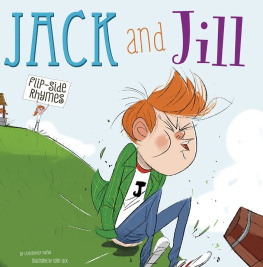
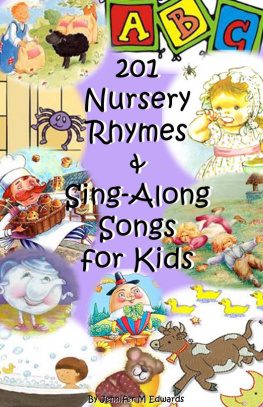
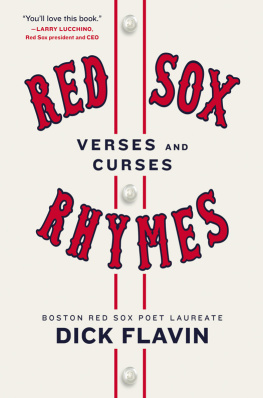
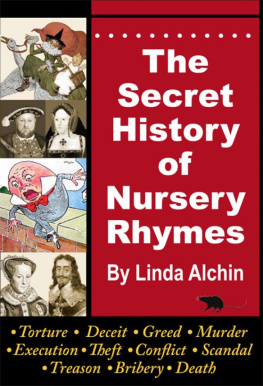
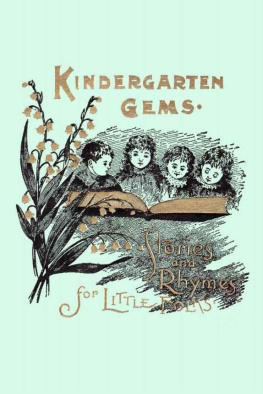

 ALSO IN THE SERIES
ALSO IN THE SERIES  Never Eat Shredded Wheat
Never Eat Shredded Wheat First published in Great Britain in 2018 by
First published in Great Britain in 2018 by Introduction CHAPTER 1
Introduction CHAPTER 1